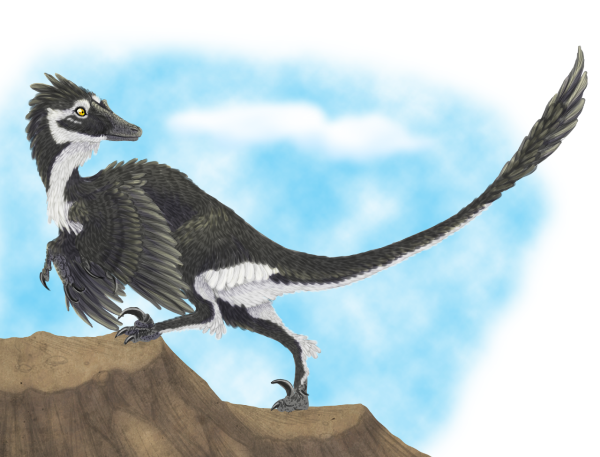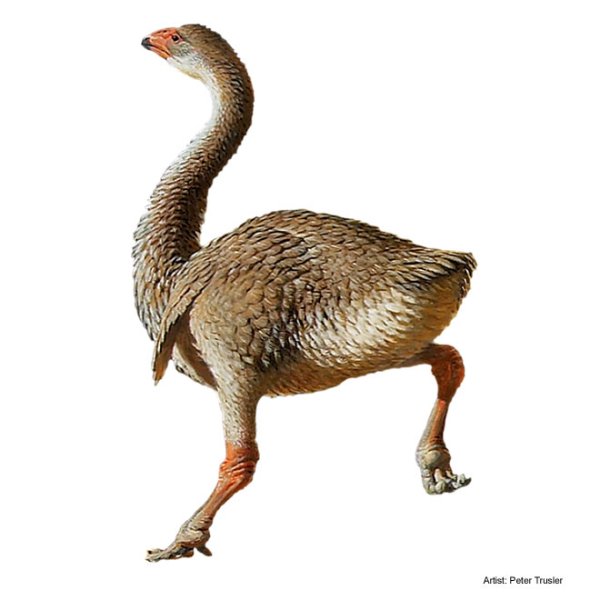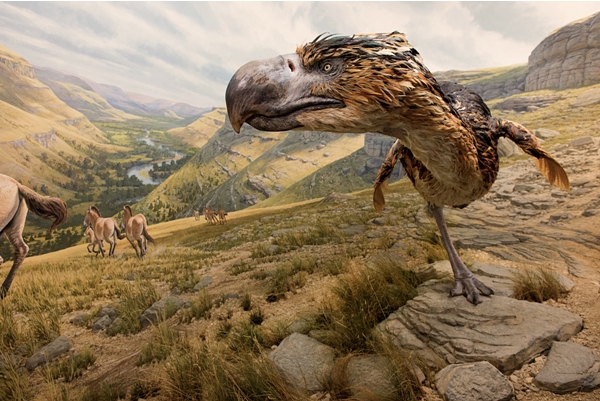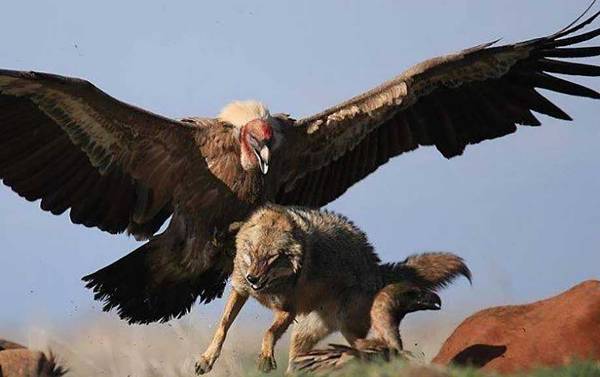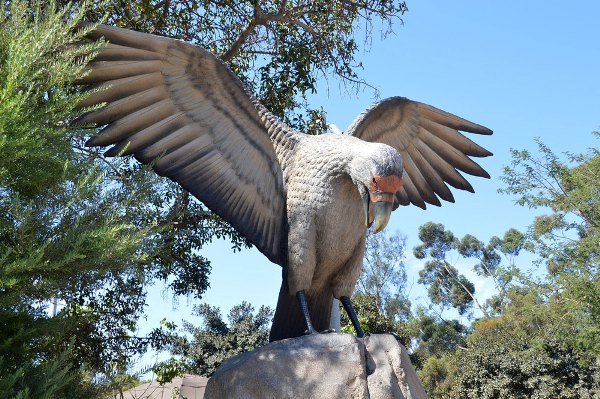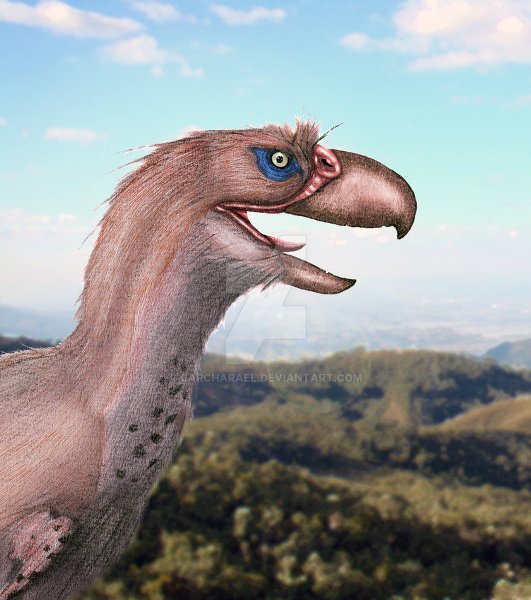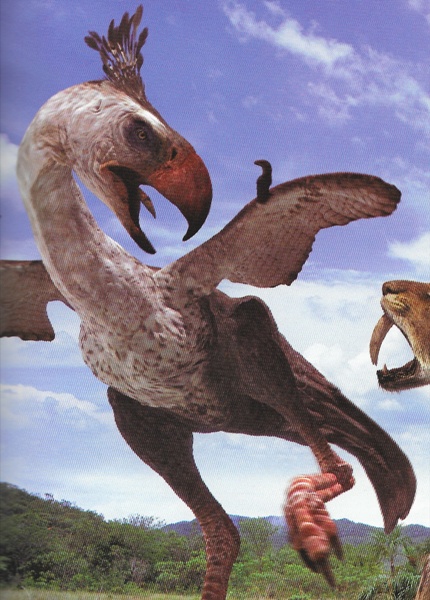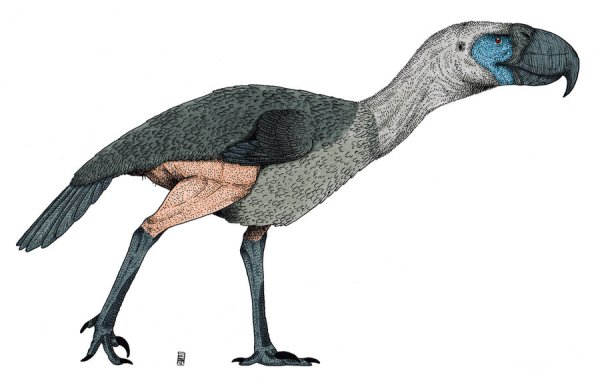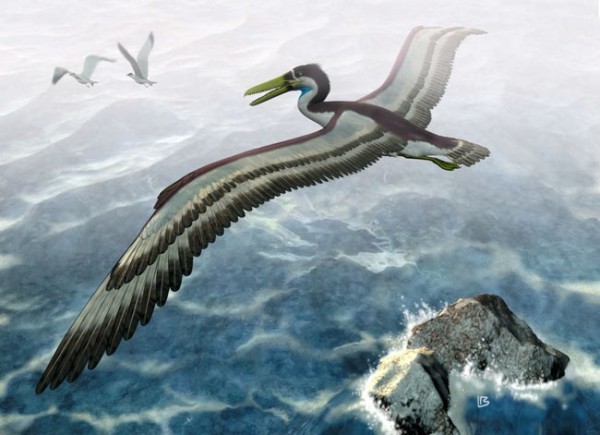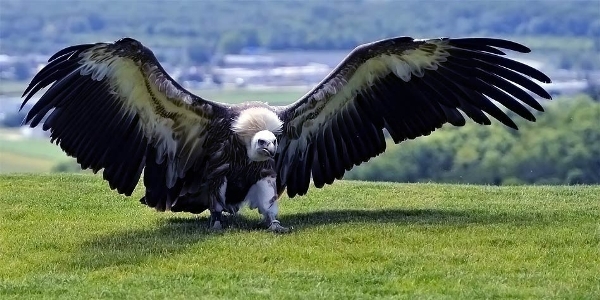Prehistoric birds are known as those species that have become extinct before being recorded by modern sources. They went extinct along with dinosaurs millions of years ago. These birds were extremely giant as compare to the birds of this age.
The gigantic size of these birds made them to stand among the dangerous species of that time. These flying carnivorous birds were able to kill and eat the dinosaurs. Human life cannot be imagined along with these dangerous prehistoric birds. Fossils of these birds are being discovered across the whole world. In modern age, scientists measures their size, weight and strength with the help of fossils only. Some dangerous prehistoric birds are listed below. Their statistics will blow your mind when you will compare them modern age beautiful birds.
10 Dangerous Prehistoric Birds are:-
This giant prehistoric bird shares its common properties with ducks. The appearance of this Australian provenance bird was like an ostrich. Its jaws were well designed to crack nuts but the bird was also carnivorous. These birds were wiped out 50,000 years ago.
This dangerous prehistoric bird is said to have been flightless completely. This bird lived 2 to 5 million years ago between blancan and gelasian age. Name of this bird has come from the name of a Greek god titan. Its 2.5 meters fossil structure revealed that the bird was carnivorous with a weight around 150kg.
Harpagornis or haast’s eagle was a predatory raptor like today’s vulture or eagle. They were strong structured predators able to take down a small dinornis or emu. Haast’s eagle was the biggest eagle of all the time. These flightless birds were hunted to extinction by the first human settlers of New Zealand.
Merriam’s teratorn was a giant and dangerous prehistoric bird with a wingspan of 3.5 to 3.8 meters. This giant bird was able to cover the area of 17.5 square meters. The bird was classified as aves belongs to teratornithidae family. Its weight was estimated about 15 kilograms and was used to live in North America.
This classified Aves bird was belongs to the family of phorusrhacidae. It was a bird of 2 meters length with a skull span of 60 centimetres. Papaphysornis was a flightless predator bird. Fossils found on brazil revealed that the bird lived around 23 million years ago.
Phorusrhacos is also known as terror bird because of its terrifying nature. This prehistoric dangerous bird was very lethal for small mammals. Along with weight of 300 pounds, this bird was 8 feet tall with a heavy crushing beak. It is believed that this terror bird grabbed its prey with talons and then grasped with powerful jaws.
Kelenken bird belonged to the family of phorusrhacidae. They were flightless and predatory birds classified as Aves. Kelenkens were used to live in Argentina 15 million years ago. Their weight was estimated about 250 kilograms with 3 meters of height.
This dangerous prehistoric bird was a predator of Patagonia. They would reach a height of 2.8 meters with weight about 400 kilograms. Like most of other prehistoric birds, it was also classified as Aves.
Pelicans and storks are perhaps one of the closest relatives of this pre historic bird. These seabirds lived somewhere between Europe and Canada. Their wingspan was estimated about 6.2 meters and height of 1.2 meters on ground. They were light weight and webbed feet creatures.
Argentavis Magnificens it the actual name of this bird which means magnificent argentine bird. This was the largest flying bird ever discovered by humans till now in the form of fossil. Their height was 2 meters with a wing span of 7 meters. They belong to the family of teratornithidae and are classified as Aves.
